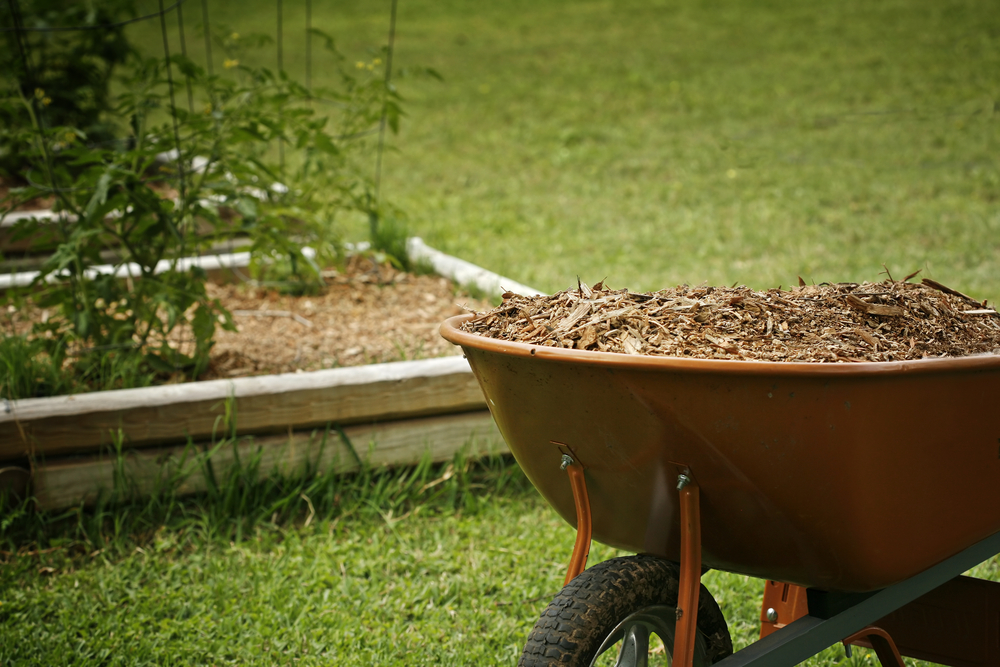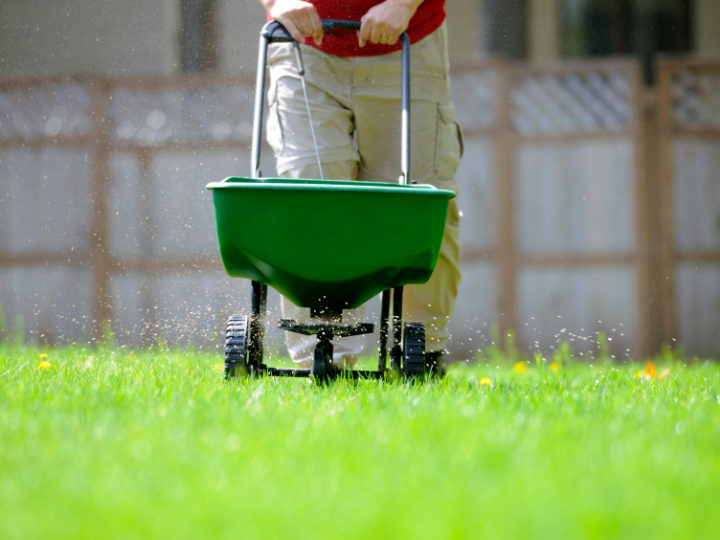
Well, winter has done its worst as ever and your lawn, if anything like mine, will likely have taken the usual beating of wet weather, melting snow, dogs, running children on bonfire night, the odd scrape from the local squirrel and a good stomping from good old fashioned wellies and boots.
Looking out the window now, I can see bare muddy patches, mainly where I have over-zealously scooped dog poops, the slightly frazzled bit where I set the rockets off on bonfire night, crazy tufts desperate for a mow, leaves in various stages of decomposition and some moss in the damp corner under the trees. And the squirrel has been playing with his nuts.
What should I do? I could, as sitting here in the warmth is preferable to being out there, just look at it and hope the Lawn Fairy arrives at some point and puts it right, or I could take action. Sadly, there is no Lawn Fairy but there is Lawn UK, so here are my salient pointers:
– Practically, I need to do nothing just yet anyway! You may well have read our previous article about winter lawn care and you may have had a dry spell in which to aerate or even deliver a quick mow to the grass, with the blade set to its highest position, simply to tidy it.
– Should you have a wet, water-logged lawn, you may want to consider buying a roller aerator, which ‘spikes’ the ground and helps reduce water-logging by opening up the topsoil.
– Think about your earthworms! Many of you may take great delight in taking the lawn clippings off your lawn throughout the year, creating that fluid blanket of green beauty you so desire. STOP! At least for the odd week, interspersed throughout the year, leave the clippings on and let the worms take this valuable organic matter down in to the topsoil. This important humus shall help loosen your topsoil, aiding drainage and microbial action, adding to the health of your lawn in the long-term. This is especially important if your lawn is on a wet, clay soil – adding organic matter in this way will help your lawn drain more naturally and quickly.
– Your lawn shall really get going when ground temperatures and sunlight favour it, usually in early March, but don’t quote me – this is the UK! Grass seed needs an average of 8 degrees centigrade and above to germinate, so any over-seeding needs to be done when the weather warms up a bit, but consider buying it now, so that you have your stockpile when the weather complies.
– Over-seeding is the term used for filling in any gaps, and for thickening any scrappy patches you may have, or if filling in the sward following an anti-moss program. See our specific over-seeding guide here. The Lawn UK Lawn Revive Kit contains an over-seed mix, fertiliser and a moss killer, which is all you need for this time of the year!
– So, first things first – Feed & Weed! From March, if you have a lack-lustre lawn and more weed than a 1970’s jazz club, consider Vitax’s great Lawn Clear or Green Up Moss Free to clear out any unwanted perennial weeds and mosses.
– Following this, over-seed any gaps, fill in any holes and re-seed over these (thank you Squirrel) and tread in/roll to get the seed off to the best start. Keep an eye on the long term weather reports and aim for mild, damp weather to give your seed the best start.
– Save your first cut for when your new grass plants are 8-10 cm tall, with the mower on its highest setting – we want to tidy the lawn more than we do actually cut it with the first pass of the mower. Taking the clippings off at this point also helps remove dead leaves and stops any wet clippings retarding the growth of any new grass plants.
– As we move from March in to April and the growth picks up, lower the mower setting and take a little more off. Any over-seeded patches now shall be greening over nicely.
Before you know it, it shall be Easter and your thoughts shall be turning to chocolate eggs and lamb chops, with the lawn growth really picking up, BUT you have done the hard work and formed the basis of a great looking lawn for the coming Summer!
Alastair Blant




